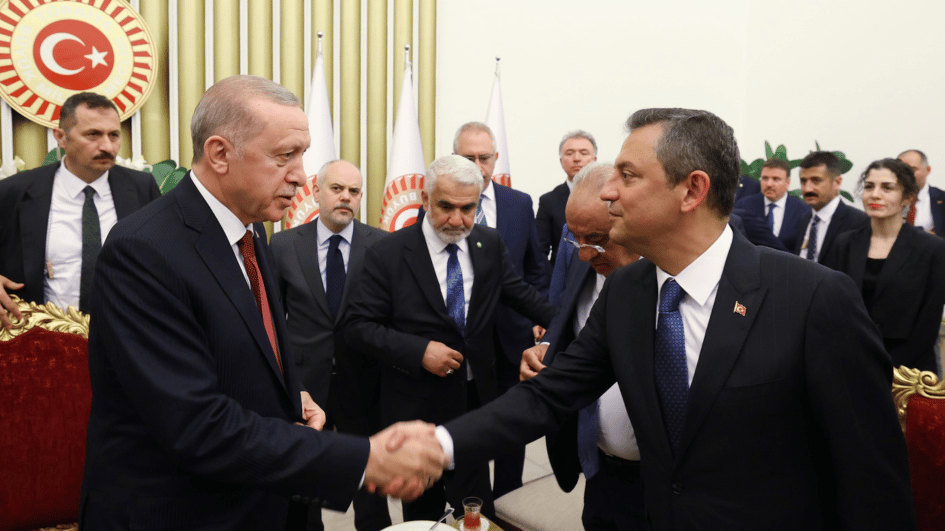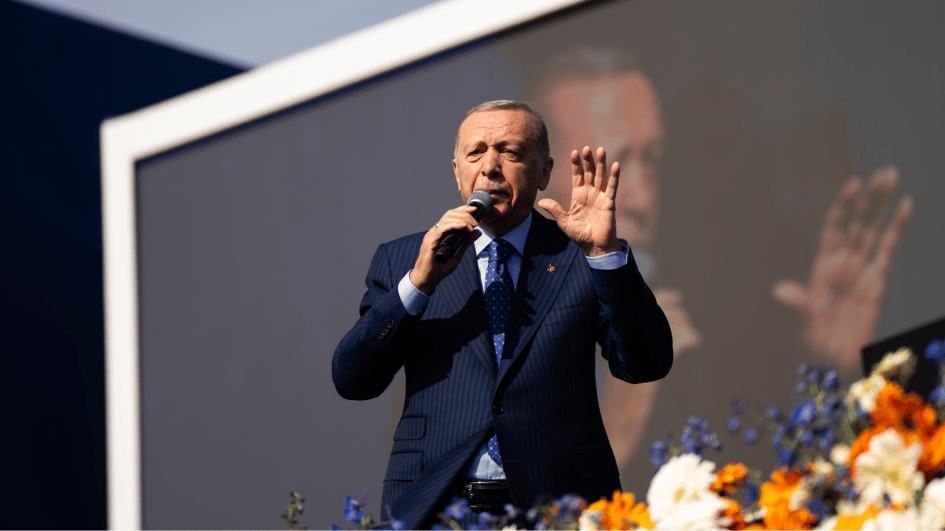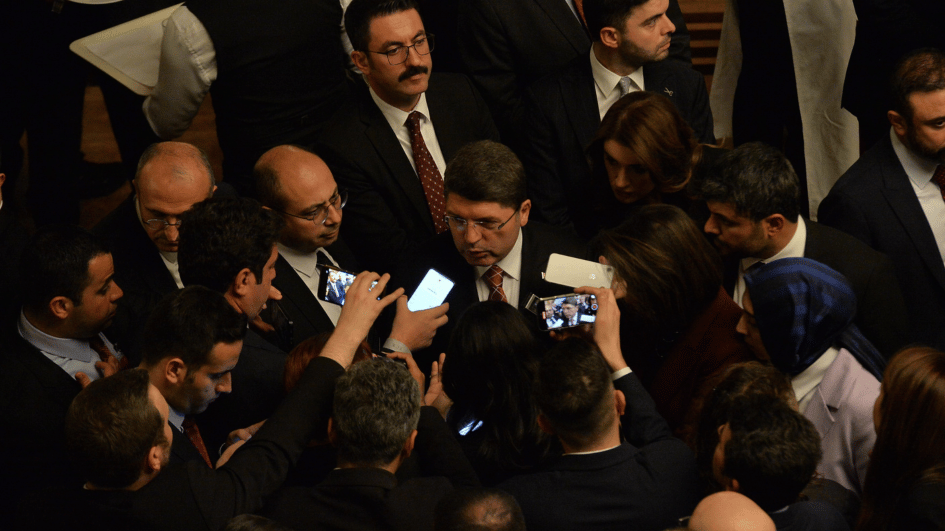How did the Ottoman army proceed in Syria 500 years ago?
Selim I (Yavuz Sultan Selim) entered Aleppo on Aug. 24-25, 1516, with, according to certain historians, an 80,000-man army, after beating the Mamluk Sultan Al-Ashraf Qansuh al-Ghawri’s army of the same size. The strategic target of the Ottoman sultan in those years was Iran and Ismail I of the Safavid Dynasty. However, Sultan Selim’s ambitions on Çukurova (south-central Turkey) and today’s southeastern Anatolia and northern Syria forced the Mamluks and Safavids into a search for an alliance.
Sultan Selim’s ideals were too big for his time. First of all, it was apparent that he was aiming to land and conquer Syria, today’s Lebanon and even Egypt. This meant control of the trade roads of the period. The only issue for the Muslims east of the Mediterranean was to resist the ambition of the Portuguese to be able to control the Arabian Peninsula, the Red Sea and the Persian Gulf. Sultan Selim was determined in this but it was seen that the Mamluks who reigned in the region were inadequate in preventing the spread on the Portuguese.
Crazy targets of the Portuguese
On the other hand, the ideals of Portuguese Admiral Alfonso d’Albuquerque were more than “ambitious.” He would have invaded the Arabian Peninsula, conquered the Hejaz land and snatched the body of Prophet Mohammad from Medina and run away with it. One should accept that, in the light of such dreams, Sultan Selim was quite realistic for his time.
Both the army of the Mamluks and the army of Shah Ismail were no different than the Ottoman army in terms of race, background and most importantly warring styles but the Ottoman army possessed firearms, which the Mamluk soldiers were not able to adopt and which the Safavids had not been able to access.
The war was won in August 1516, about 40 kilometers north of Aleppo, at the Marj Dabiq meadows directly due to the victory of the Ottoman gunmen and the cannons tied to each other with chains in the front rows. This is the identical scene observed in all the battles within three years fought against all eastern states. Sultan Selim was the marshal of the firearms army of the renaissance period.
Civilization and mentality are exceptionally important. It can be clearly understood that in the times of Sultan Mehmet, the conqueror, and Sultan Selim, the Ottoman army had adapted to the world with quite a different mentality compared to other armies. Famous Israeli historian David Ayalon, in his study on Mamluk weapons and techniques, referred to the unwillingness and unsuccessfulness of the Egyptian soldier in using firearms.
Calculating the season and the climate while passing the Sinai Desert to enter Egypt shows us that the Turkish army of the 16th century was beyond being a folkloric team of the “sword and the shield.”
The towns of Marj Dabiq and Ridaniya, then, entered a period when they lived under Ottoman rule of a full uneventful four centuries while all the people and all the languages of the local Arabic subjects lived in harmony.
This long reign history ended with a withdrawal in World War I.
‘Euphrates Shield’
As a turn of history, a bridge named after Sultan Selim I (Yavuz Sultan Selim) was inaugurated in Istanbul last week. As of Aug. 24, the Turkish Armed Forces (TSK) was intervening in Syria. As the Office of the President declared, the “Euphrates Shield” operation at Jarablus, which is one of the main bases of the Islamic State of Iraq and the Levant (ISIL), was not an aggressive and conquering movement, but a defensive one.
It is obvious that the devastating attack in southeastern Gaziantep, where 54 people died at a pre-wedding street party, was extra pressure added to the already apparent reason.
A new formation was starting in the south of Turkey; it was obvious that this formation was not really to bring peace and tranquility to the region. Now, it is the TSK and the Free Syrian Army (FSA) that are controlling Jarablus. We will see how this change will be absorbed and how long it will last.











